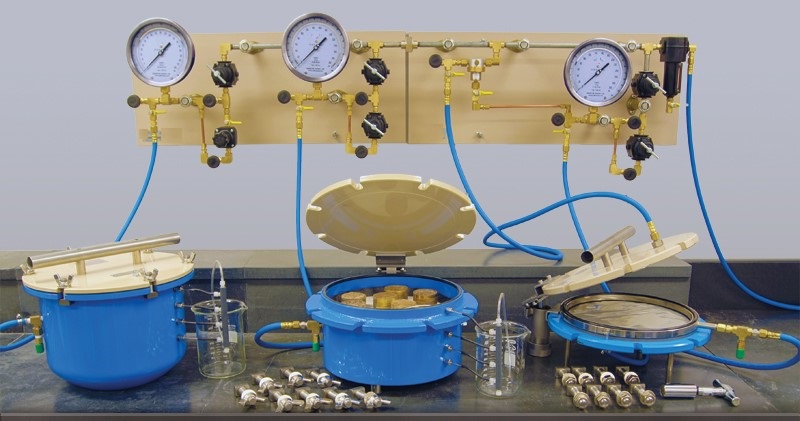Introduction
A pressure plate apparatus is a scientific instrument used to measure the water retention characteristics of soil samples. It is a versatile tool used in various fields, including agriculture, geotechnical engineering, and environmental science.
Here's how it works:
The apparatus consists of a pressure chamber, a porous ceramic plate, and a pressure regulation system.
A soil sample is placed on the ceramic plate, which is permeable to water but not air.
Pressure is applied to the chamber, which forces water out of the soil sample.
The amount of water that is extracted is measured, and this data is used to create a soil moisture retention curve.
This curve shows the relationship between the amount of water that a soil can hold and the amount of pressure that is applied. This information is essential for understanding how water moves through soil and how much water is available to plants.
Here are some of the applications of pressure plate apparatus:
Agriculture: Farmers can use pressure plate data to determine the irrigation needs of their crops.
Geotechnical engineering:Engineers can use pressure plate data to design foundations and other structures that are stable in different soil conditions.
Environmental science: Scientists can use pressure plate data to study the impact of pollution on soil health.
Overall, the pressure plate apparatus is a valuable tool for understanding and managing soil water.
